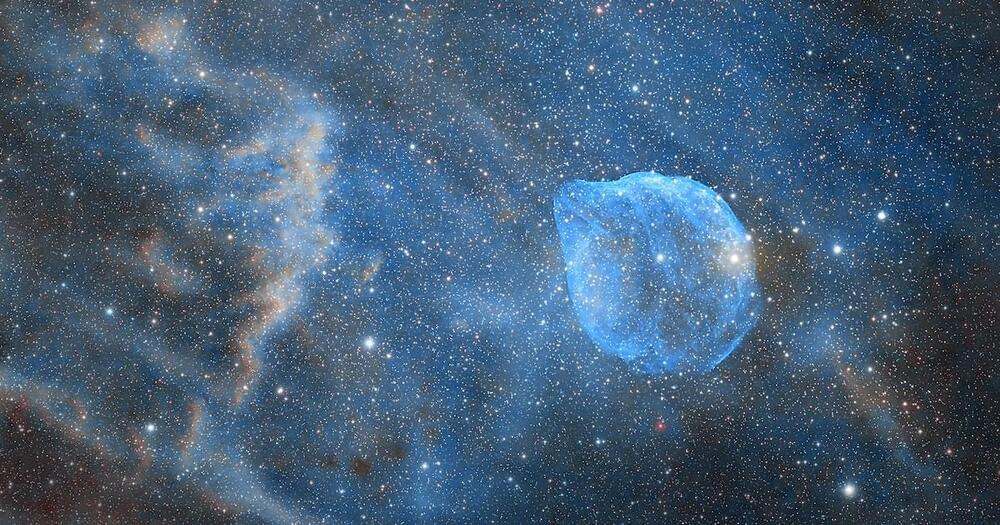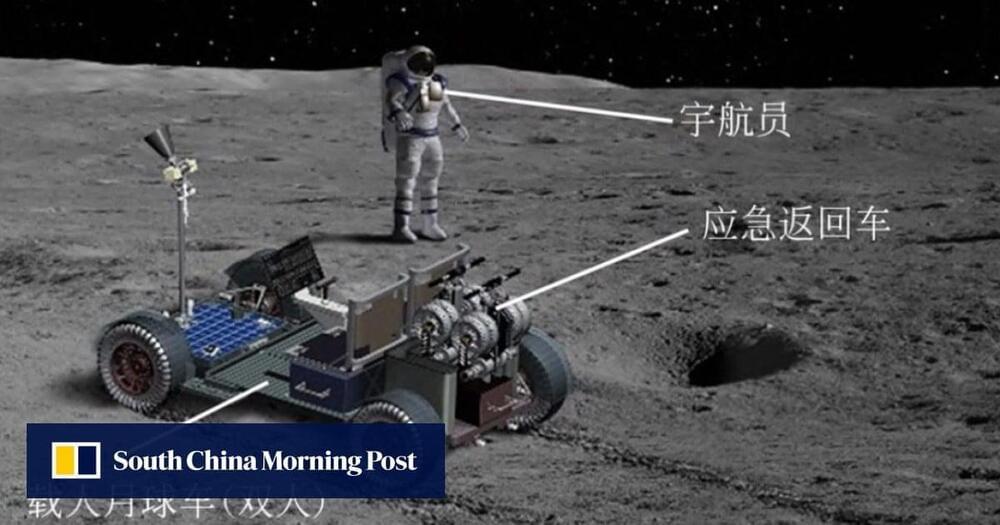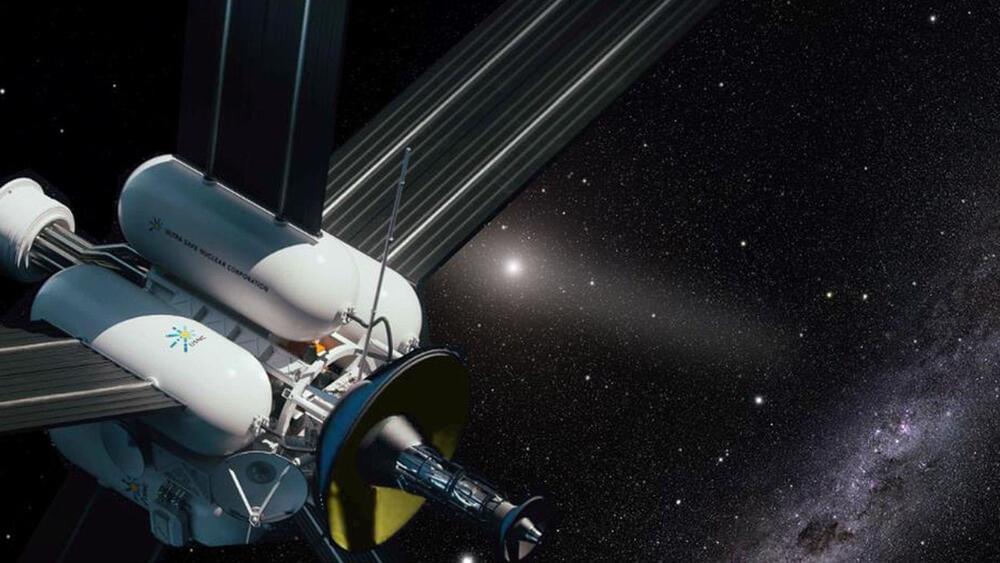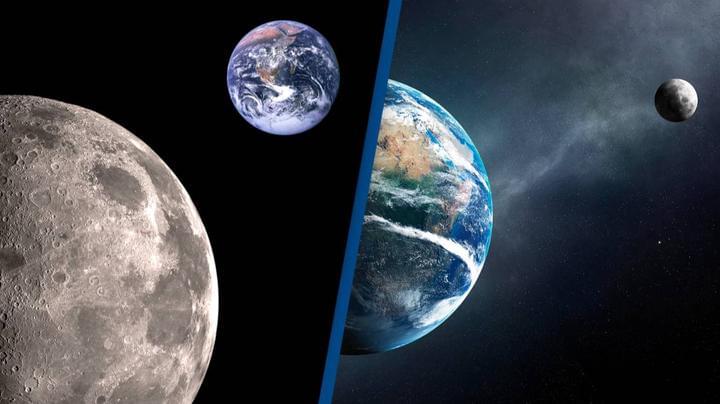A new catalog allows astronomers to trace the evolution of a star’s death.




Space travel, exploration, and observation involve some of the most complex and dangerous scientific and technical operations ever carried out. This means that it tends to throw up the kinds of problems that artificial intelligence (AI) is proving itself to be outstandingly helpful with.
Because of this, astronauts, scientists, and others whose job it is to chart and explore the final frontier are increasingly turning to machine learning (ML) to tackle the everyday and extraordinary challenges they face.
AI is revolutionizing space exploration, from autonomous spaceflight to planetary exploration and charting the cosmos. ML algorithms help astronauts and scientists navigate and study space, avoid hazards, and classify features of celestial bodies.

Researchers have developed a new way to produce and shape large, high-quality mirrors that are much thinner than the primary mirrors previously used for telescopes deployed in space. The resulting mirrors are flexible enough to be rolled up and stored compactly inside a launch vehicle.
“Launching and deploying space telescopes is a complicated and costly procedure,” said Sebastian Rabien from Max Planck Institute for Extraterrestrial Physics in Germany. “This new approach—which is very different from typical mirror production and polishing procedures—could help solve weight and packaging issues for telescope mirrors, enabling much larger, and thus more sensitive, telescopes to be placed in orbit.”
In the journal Applied Optics, Rabien reports successful fabrication of parabolic membrane mirror prototypes up to 30 cm in diameter. These mirrors, which could be scaled up to the sizes needed in space telescopes, were created by using chemical vapor deposition to grow membrane mirrors on a rotating liquid inside a vacuum chamber. He also developed a method that uses heat to adaptively correct imperfections that might occur after the mirror is unfolded.

Remark: This article is from The Conversation “En Anglais” written by Victor DOS SANTOS PAULINO & Nonthapat PULSIRI (V&N) — Experts from Toulouse Business School and The SIRIUS Chair (France)
When talking about space, one might think about the stars one sees at night or a good sci-fi film. But space is also crowded with satellites, spacecrafts and astronauts, whose missions can last anywhere from several days to months. Meanwhile, 8,216 unmanned satellites revolve around Earth’s orbits to improve our daily lives. Communication satellites contribute to enhancing Internet access in regions deprived of infrastructure (so-called “white areas”); meteorology satellites have become essential for weather forecasts, while navigation satellites (including GPS) are crucial for current and future transportation needs such as automatic driving vehicles.
Technological advances in the sector have unlocked many new business opportunities. The industry can now launch constellations of thousand satellites to reach corners of the earth as it had never before (e.g., Starlink), while new markets such as space mining and space tourism are steadily growing. National champions (including the United States and France) have also framed the space sector as a top economic priority. It is thought the technological benefits accrued by companies such as SpaceX, Blue Origin or OneWeb, launched by billionaires such as Elon Musk, will also be able to trickle down to non-space sectors such as the energy or freight industries.

Imperial physicists have performed the double-slit experiment in time, using materials that can change optical properties in femtoseconds, providing insights into the nature of light and paving the way for advanced materials that can control light in both space and time.
Imperial physicists have recreated the famous double-slit experiment, which showed light behaving as particles and a wave, in time rather than space.
In a groundbreaking development, Imperial College London.

Each project will get up to $600,000 over two years to continue developing the concepts.
National Aeronautics and Space Administration’s (NASA) Innovative Advanced Concepts program has chosen six research teams to receive Phase II funds.
“NASA’s story is one of [the] barriers broken, and technologies transformed to support our missions and benefit all of humanity,” said NASA Administrator Bill Nelson.
Christopher Morrison/NASA
These initiatives include a scheme to allow astronauts to manufacture their own medications in orbit and a plan to eliminate asteroids that pose a hazard to Earth, according to a press release by the U.S. Space Agency.

Scientists have discovered that days on Earth are getting longer as the moon is slowly drifting away. It has always been assumed that the Earth’s only natural satellite remained at a constant distance from the Earth due to gravitational pull. However, according to NASA, Scientists no longer believe this is the case.

Former Lockheed Martin Skunkworks Senior Scientist comes out about Antigravity Propulsion Devices and how they tie into what is known as “Singularity” which allow you to move anywhere within the universe instantaneously.
Humans have this technology, and have had for more than 50 years.